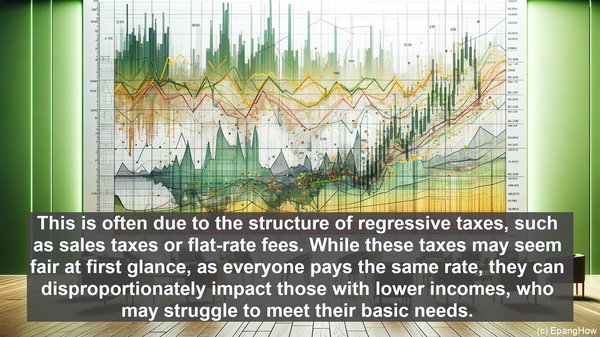Introduction: The Basics of Taxation
Hello everyone, and welcome to today’s article on the fascinating world of taxation. Taxes play a crucial role in funding government activities, but did you know that not all tax systems are created equal? Today, we’re going to focus on three distinct types of taxation: regressive, proportional, and progressive. Each of these systems has its own unique characteristics and implications. So, let’s dive in!

Regressive Taxation: An Overview
Regressive taxation is a system where the tax burden falls more heavily on lower-income individuals compared to those with higher incomes. In simpler terms, as income decreases, the proportion of income paid as taxes increases. This is often due to the structure of regressive taxes, such as sales taxes or flat-rate fees. While these taxes may seem fair at first glance, as everyone pays the same rate, they can disproportionately impact those with lower incomes, who may struggle to meet their basic needs.
Proportional Taxation: Striking a Balance
Proportional taxation, also known as a flat tax, applies the same tax rate to all income levels. In this system, everyone pays the same percentage of their income in taxes. While this may seem fair and straightforward, critics argue that it can still be regressive in its impact. For example, a 10% tax on a lower-income individual’s earnings may have a more significant impact on their quality of life compared to a higher-income individual. Additionally, the debate often centers around whether a flat tax truly reflects the principle of ability to pay.

Progressive Taxation: A Focus on Equity
Progressive taxation, on the other hand, is a system where the tax rate increases as income rises. This means that higher-income individuals pay a larger proportion of their income in taxes. The underlying principle behind progressive taxation is the ability-to-pay concept. Advocates argue that those with higher incomes can afford to contribute more to society, and progressive taxes help redistribute wealth and reduce income inequality. However, critics often raise concerns about potential disincentives for wealth creation and the burden on high earners.
The Real-World Application: Tax Systems in Practice
In reality, most countries have a combination of these tax systems. For example, a nation may have progressive income taxes, regressive sales taxes, and proportional property taxes. The specific mix depends on various factors, including social, economic, and political considerations. Governments often strive to strike a balance between generating revenue for public services and ensuring fairness in the tax burden. However, achieving this balance is no easy task, and tax systems are frequently subject to debates, revisions, and reforms.
